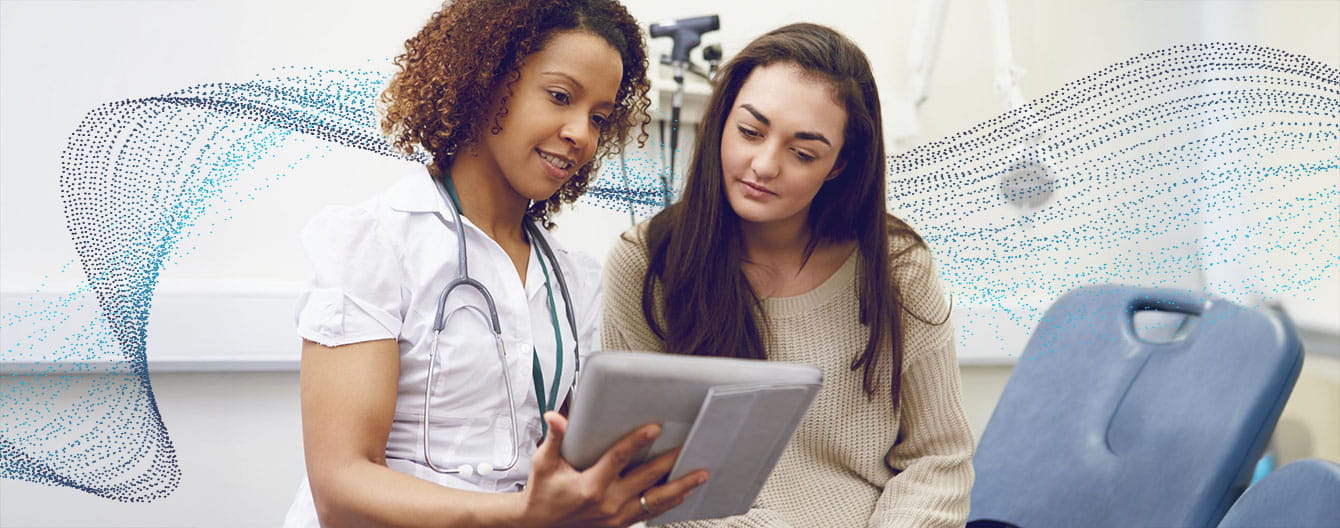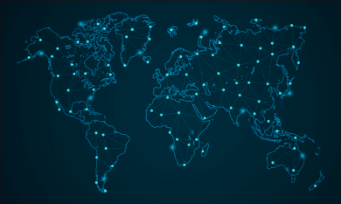The Power of Real-World Data in Clinical Trial Planning & Execution
Article
Clinical


Real-world data (RWD) and real-world evidence (RWE) are more than just life sciences buzzwords. They encompass vast, complex areas with notable potential to impact clients and the industry overall across the clinical continuum.
“Leveraging real-world data in clinical trial planning and execution is critical to ultimately reaching the right patient and enrolling them in a trial,” says Ashley Schwalje, senior director, clinical solution consulting, Citeline. “Without RWD, a major piece of the clinical strategy ‘puzzle’ is missing. In most scenarios now, it is table stakes for true patient insights.”
Real-world data is derived from several sources associated with outcomes in a diverse patient population in real-world settings, including but not limited to health insurance claims, lab data, electronic health records, and patient surveys. This data can include, among other information, patient demographics, diagnoses, procedures, treatments, lab results, and patient outcomes.
It’s important to remember that RWD and RWE are not synonymous:
The real-world experiences of patients as they journey through their healthcare experience — interacting with healthcare professionals, visiting medical and treatment centers, and dealing with insurance companies — are not necessarily smooth and seamless. For drug manufacturers, it is vitally important that they deepen their understanding and continue to monitor the landscape and evolving market across the product life cycle. In doing so, they ensure they are bringing treatments to market for patients in need. This includes leveraging data assets to address myriad business-related strategy questions across development including:
Access to timely real-world data that helps uncover these insights is a significant advantage to companies looking to ensure they are optimally positioned in the market. The specific indications or therapeutic areas will dictate the types of data most relevant and valuable to address any given business need. For example, some oncology-focused business needs could be addressed more thoroughly with Citeline’s oncology biomarker data linked with open claims data.
The ability to tap into unstructured data is another trend gaining momentum. Of particular interest are physician notes, which can provide even deeper insights into the patient journey and associated diagnosis and treatment paradigms.
To be impactful, real-world data must be cleansed and organized, as well as be comprehensive and timely. In addition, RWD becomes more valuable when integrated or linked with other data assets, extending visibility into the patient journey, and with deeper insights across other clinical needs. Like any other form of big data, there is little-to-no value without utility resulting in insights and actionable next steps.
As the availability of RWD grows, it creates opportunities for sponsors to incorporate related insights into all aspects of the drug development process. With the right sources, sponsors can use RWD to obtain a truly representative picture of how patients navigate through their healthcare journey, shedding light on treatment patterns, disease progression, healthcare utilization, and patient outcomes in real-world settings.
Learn more about Citeline’s Real-World Data Solutions.
Resources:
1 Rosa C, Marsch LA, Winstanley EL, et al. (2021) Using digital technologies in clinical trials: current and future applications. Contemporary Clinical Trials, 100, 106219. Available from https://www.ncbi.nlm.nih.gov/pmc/articles/PMC8734581/ [Accessed Jan. 24, 2024].


